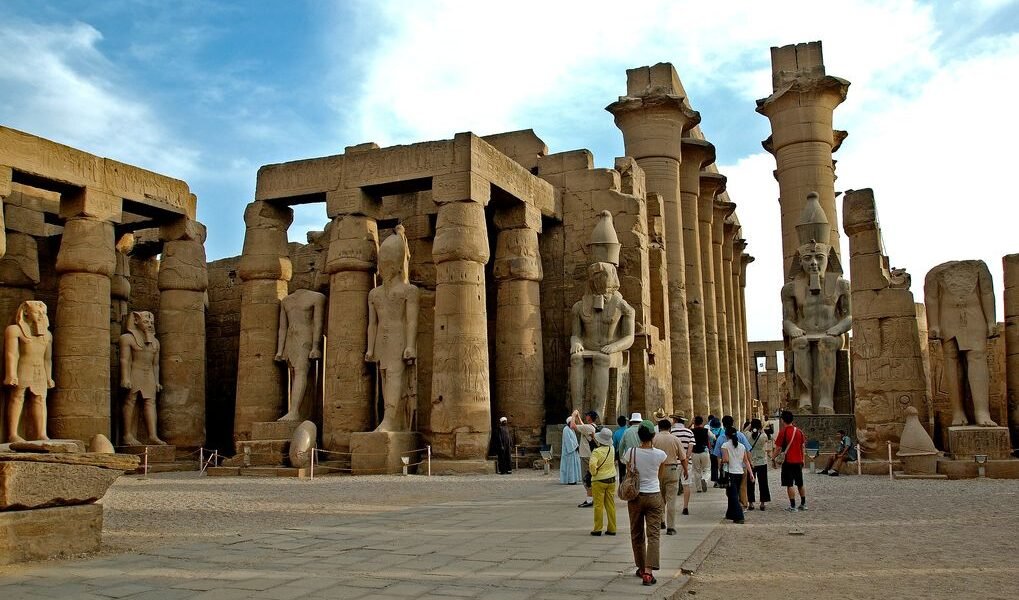When we think of Egypt, our minds often leap to the grandeur of the pyramids, the legendary temples of Luxor, and the storied tombs of the Valley of the Kings. These iconic landmarks tell tales of powerful pharaohs and gods like Ra, Osiris, and Isis, whose legends have dominated the world’s understanding of ancient Egyptian mythology. But nestled far from the tourist-heavy trails are the quieter, lesser-known temples—built for the minor deities that once watched over daily life, nature, and the nuances of human emotion. These sacred spaces offer a more intimate and intricate understanding of Egypt’s spiritual fabric.
With custom-crafted Egypt tour packages, travelers are now seeking these offbeat marvels that whisper, rather than shout, their stories. The temples of minor deities are often overlooked because they don’t boast towering obelisks or monumental gateways. But what they lack in scale, they make up for in mystique and subtle beauty. Places like the Temple of Hathor at Dendera or the Temple of Khnum at Esna reveal the spiritual diversity of ancient Egypt. These sites were devoted to gods of love, creativity, childbirth, and water—forces that governed everyday life. For those planning Egypt vacation packages, these spots offer a deeply rewarding alternative to the traditional circuit of pharaonic grandeur.
From the delicate carvings of fertility symbols to richly colored astronomical ceilings that remain surprisingly intact, the temples of Egypt’s lesser gods are cultural treasures in their own right. It’s in these quiet corners that travelers can truly reflect on the ancient Egyptians’ understanding of balance, duality, and the power of the unseen. Thoughtfully designed Egypt vacation packages increasingly include these spiritual hideaways—an emerging trend that Travelodeal has subtly supported by encouraging more immersive, off-path travel experiences.
The Temple of Hathor, Dendera: Goddess of Joy and Music
Located just north of Luxor, the Temple of Hathor is one of the best-preserved temples in Egypt—and yet, it remains vastly underappreciated. Dedicated to the goddess of love, music, and fertility, this temple was a center of healing and celebration. Hathor was a goddess of comfort, depicted with a cow’s ears and a sun disk, embodying motherly warmth.
Inside the temple, vibrant depictions of rituals and celebrations sprawl across the ceilings and walls. One of the most intriguing features is the famous Dendera Zodiac—a bas-relief that has captivated astronomers and historians alike. There’s also a hidden underground crypt filled with mystical carvings and energy, which many believe was once used for sacred rituals. Unlike the larger temples of Thebes or Karnak, Dendera feels approachable and alive, allowing visitors to connect personally with the spirit of the place.
Esna’s Temple of Khnum: Keeper of the Nile’s Blessings
South of Luxor along the Nile lies Esna, a town with a market vibe and a gem hiding beneath its surface—literally. The Temple of Khnum sits several meters below modern street level, excavated from centuries of Nile silt and urban expansion. Khnum, the ram-headed god, was believed to have crafted human beings from clay on his potter’s wheel and controlled the life-giving floods of the Nile.
The temple’s detailed inscriptions, many still vividly painted, offer insight into daily rituals, festivals, and prayers for fertile lands. What’s striking is the humility of the place—less about spectacle, more about sustenance. It stands as a tribute to how ancient Egyptians revered the natural rhythms that sustained their lives.
Small Temples, Big Echoes
Temples dedicated to minor deities weren’t built to dazzle; they were built to serve. They were places where farmers prayed for rain, women asked for healthy births, and artists sought divine inspiration. They speak to a different kind of power—not one of conquest, but of care, craft, and community.
Exploring these sacred spots gives a fuller picture of Egyptian spirituality, beyond the afterlife obsessions of kings and the sun gods of dynasties. It shows us a society rich with nuance and reverence for every element of existence. For travelers with a curious spirit, these sites offer soul-deep moments, tucked away from the flash of tourist cameras.




